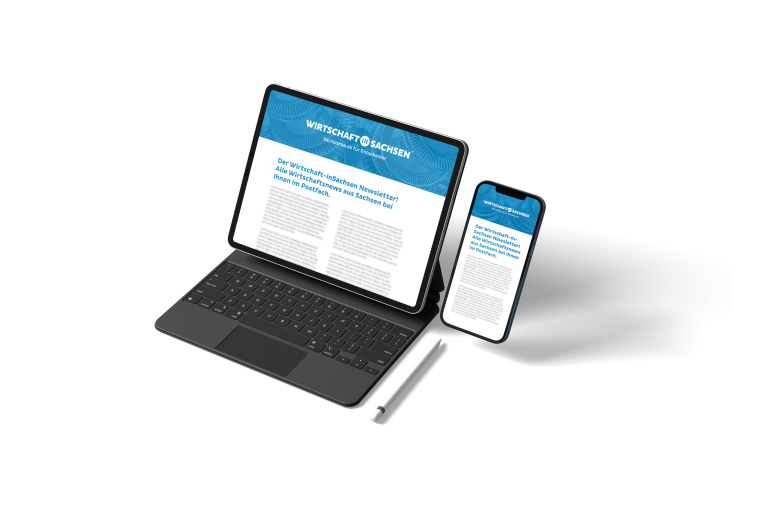The IT industry is suffering particularly from the shortage of skilled workers. One association shows how companies can nevertheless further develop - and even simplify - their work processes.
Develop software more easily and flexibly - despite an increasing lack of skilled workers in the IT industry. How is this supposed to work? One answer to this question is the Low Code Manifesto give. Published by the Low-Code Association, an association of low-code platform providers and service providers active in German-speaking countries, the concept shows how companies themselves can work more actively on and with IT-supported processes. "We created the manifesto primarily because we believe that awareness of low-code and no-code technologies can still be increased significantly," says Stefan Ehrlich, Board Member SQL Project AGa co-signer of the manifesto and a member company of the Low-Code Association. The hope is for a broader discourse on the use of these technologies to create greater value from IT for customers..
But what are low-code or no-code approaches? As the name suggests, they enable IT-based processes to be developed and modeled even without highly specialized IT knowledge. Thus, the penetration of work processes with IT support is increasing significantly, according to Stefan Ehrlich. For the IT industry, the value creation model is shifting "even more toward the creation and subsequent use of individual solution modules," with subsequent use increasingly being performed directly by customers.
Shorter development cycles
Since low-code and no-code processes enable significantly shorter development cycles, applications can be designed more precisely. Companies can thus react more quickly to changes and increase their competitiveness. The eight German founding companies of the Low-Code Association - Scopeland Technology, Necara, DResearch Digital Media Systems, Allisa, DMK E-Business, JobRouter, Simplifier and SQL Projekt - have developed a total of 14 theses for dealing with low-code technologies based on this approach together with the low-code expert Jan Gottschick from Fraunhofer Fokus and summarized them in their manifesto.
New job profile in sight
The manifesto addresses core technical aspects, objectives, but also the development of a new job description for the low-code developer. Low-code, the manifesto authors are convinced, can revolutionize the design, development and long-term maintenance of software. "Low-code and no-code approaches are based virtually on prefabricated software building blocks. These can be configured in the project by the customers themselves or by service providers and assembled into complete applications," explains Stefan Ehrlich. To ensure that this can be done by as many people as possible without IT training, visual concepts are used instead of programming languages.
The individual low-code or no-code solutions are not yet suitable for all problems. Some enable the implementation of specialized ERP systems, some the creation of complex web presences - others the automation of entire business processes using existing IT applications. "However, if you develop individual solution modules that can be assembled into ever new applications, the effort required to create these applications decreases when considered as a whole," the authors are certain. "If customers still take over part of the application creation themselves, this alleviates the shortage of skilled workers, lowers development and maintenance costs, and reduces development time," explains Ehrlich. (an)








